This report discusses the history of water quality objectives (WQOs) under the Forest Practices Code (the Code) and other legislation in BC and elsewhere, the usefulness of WQOs as an enforceable regulatory standard, and possible lessons for the future.
Understanding the role of WQOs in the regulatory regime is important, because it appears that BC forest practices legislation in the future may rely more heavily on WQOs and less on prescriptive rules to protect water from forestry and range impacts.
Marbled murrelets are small seabirds that live along the Pacific coast of North America. Unlike most other threatened species, MAMU are relatively abundant; perhaps 65,000 live along the coast of BC, another 18,000 along the Washington, Oregon and California coasts and some 500,000 in coastal Alaska.v Nevertheless, MAMU have been listed as threatened by the Committee on the Status of Endangered Wildlife in Canada (COSEWIC) since 1990.
Unlike many threatened species, MAMU are included because of population trend, not population size. Although trend data is very sparse, all anecdotal evidence, and most of the quantitative data, indicates declines in population over the past century.
Just as companies can appeal fines and government orders, the Forest Practices Board can appeal both government decisions and the failure to make decisions. The Board also has a unique right to request reviews of forest development plan (FDP) approvals under the Forest Practices Code where it is in the public interest to do so. In addition, the Board can become a party to appeals launched by others.
The Board’s role in reviews and appeals is different from the impartial role it plays in audits and complaint investigations. Here, the Board acts as an advocate for the public interest, asking the review panels and the independent Forest Appeals Commission (FAC) to make decisions that interpret the Code in ways that reflect sound forest practices. The Board monitors all decisions made by review panels around the province. In addition, it receives requests for reviews and appeals from members of the public.
In 1995, in response to the public's desire for legislation to ensure sound forest practices, the province created the Forest Practices Code and with it, the Forest Practices Board as an independent monitor of Code compliance and enforcement.
Part of the Board's mandate is to carry out random audits of forest licensees and government in order to assess their compliance with Code requirements. The Board's first six years have seen steady progress in the nature and scope of the auditing process - from the development of the audit framework in 1995, to the undertaking of area-based audits in 2001. All 2001 audits examined operational planning, and the Board now conducts audits of range use, woodlots and access to oil and gas tenures. This expands our examination of the impact of human activity in our public forests that is subject to the Code and provides greater field-level assessment of the full effects of forest practices on the ground.
